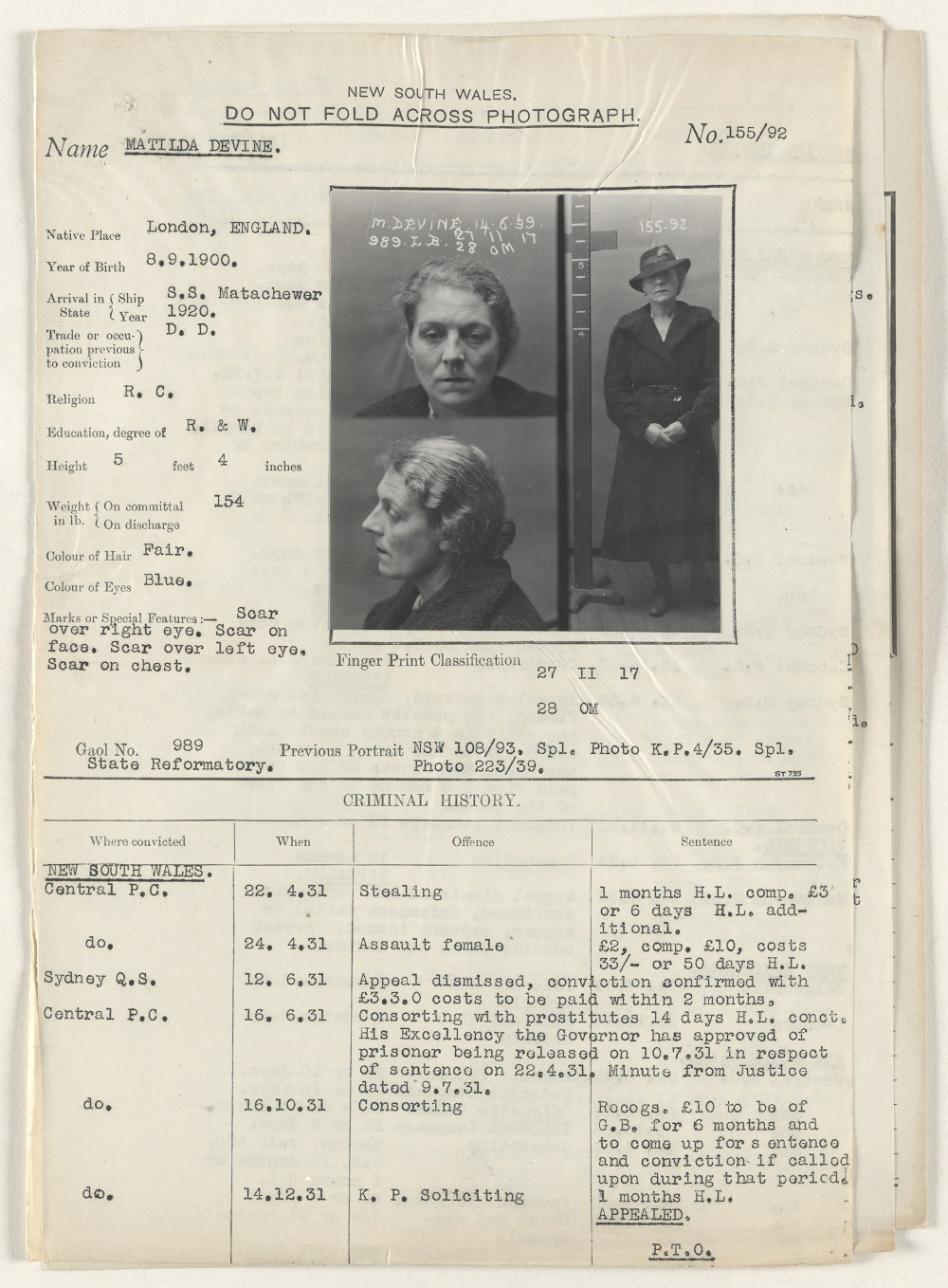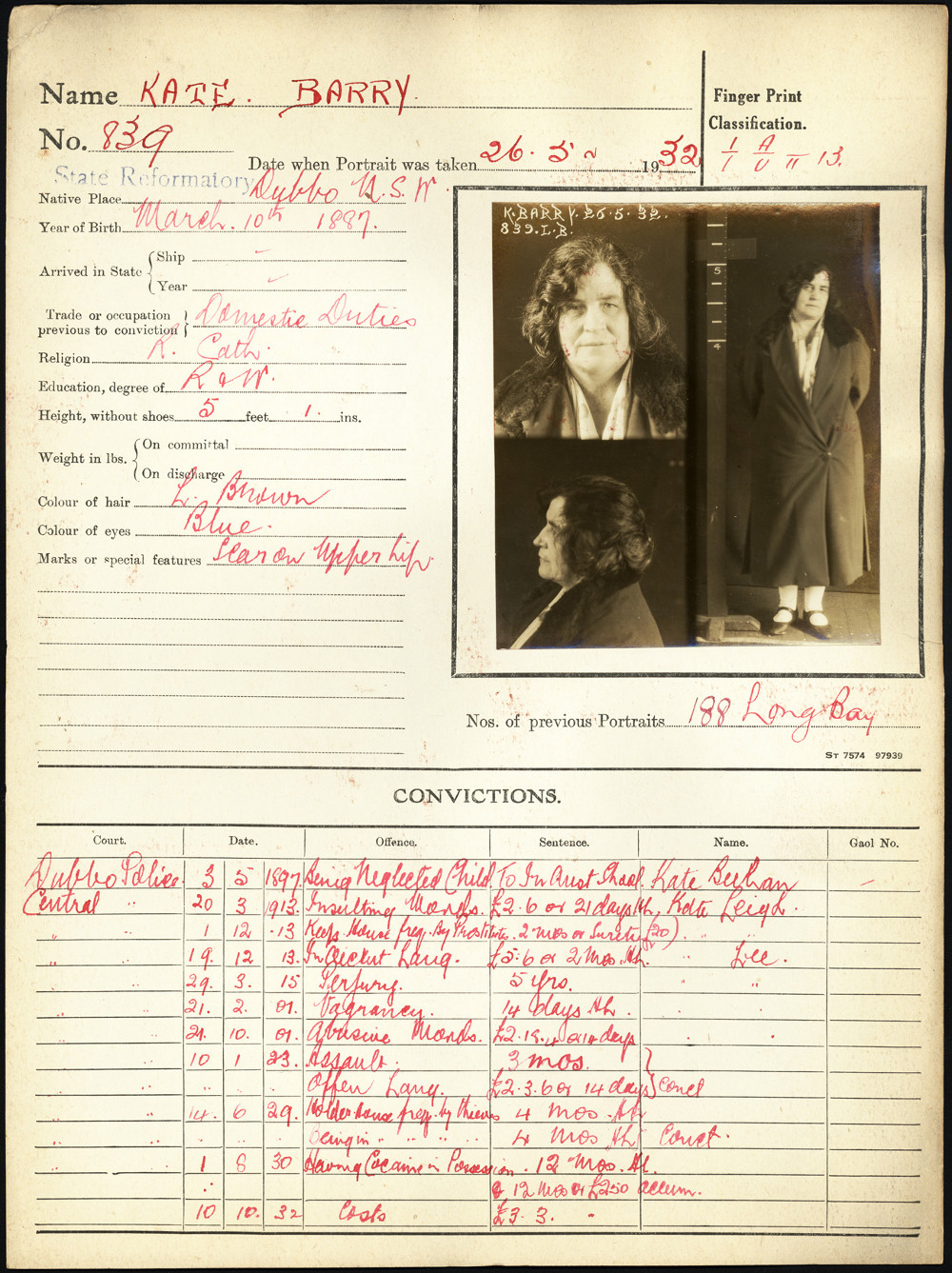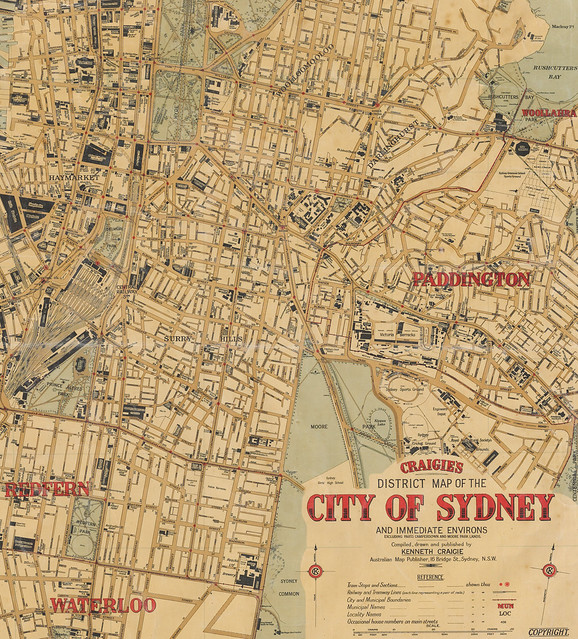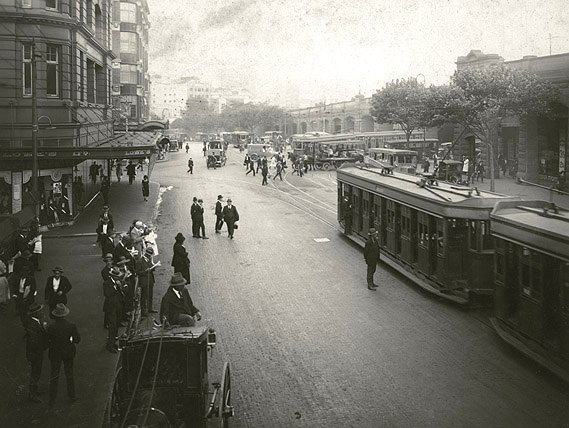Rachel Hollis is an archivist working in Public Access at State Records NSW
Have you seen our latest Online Gallery?
Robbery Under Arms: The Eveleigh Payroll Heist, 1914

The gallery tells the story of the Eveleigh payroll robbery which took place on 10 June 1914. What makes this crime unique is not only the fact that it was committed in the middle of the day in a busy area but that it has been reported to be the first robbery in Australia where a get away car was used.
The Herald 11 June described it as:
the most sensational exploit of the criminal fraternity. The Eveleigh holdup is surely unique of its kind in the history of Australia…The most striking feature of the whole episode is the careful manner in which it was planned.
The thinly veiled admiration of the culprits is clear.
The crims
The daring robbers managed to escape with £3302 but not for long. Samuel (Jewey) Freeman was arrested at Strathfield Station just two weeks after the heist. Ernest Alexander (Shiner) Ryan headed to Melbourne where he was eventually caught, but not before he wined and dined his way around Sydney spending the Eveleigh payroll on expensive jewellery, a new wardrobe, champagne and gifts for people. Well, he couldn’t be accused of not knowing how to have a good time.
A link to Kate Leigh
When we found out that the infamous Kate Leigh decided to provide Jewey with an alibi for a crime he committed a few days before the Eveleigh robbery, it all started becoming very interesting.
To gain support for her story Kate attempted to ‘persuade’ Raymond Moore (a resident in one of her houses) to collaborate her story. If you are thinking Kate’s persuasive techniques involved a nice little chat, you are wrong – think more along the lines of a “tommyhawk (sic.) “and words to the effect of
I will cut your bloody head off, you bastard.
Kate Leigh could be very persuasive when she wanted to be. Kate’s story backfired; she was charged with perjury, found guilty and spent 5 years in Long Bay.
Piecing together the story using the archives
Creating this exhibition was like putting the pieces of a jigsaw puzzle together. We hold Supreme Court deposition court papers, where the witness statements and words of the accused bring the events alive. Complimenting this series are the gaol photographs; now the voices from the deposition have faces. The police service cards provided extra background information into the individual police involved in the case. The railway photographs set the scene, and the list goes on.
The missing piece of the puzzle – can you help?
One item that wasn’t found in the records was a photograph of the car used in this famous case. According to the Superintendent of Police, Walter Henry Childs, who discovered the car was a Moleyn Car.
Can you help us find a photograph or a example from a car catalogue which illustrates what this make of car looks like?





